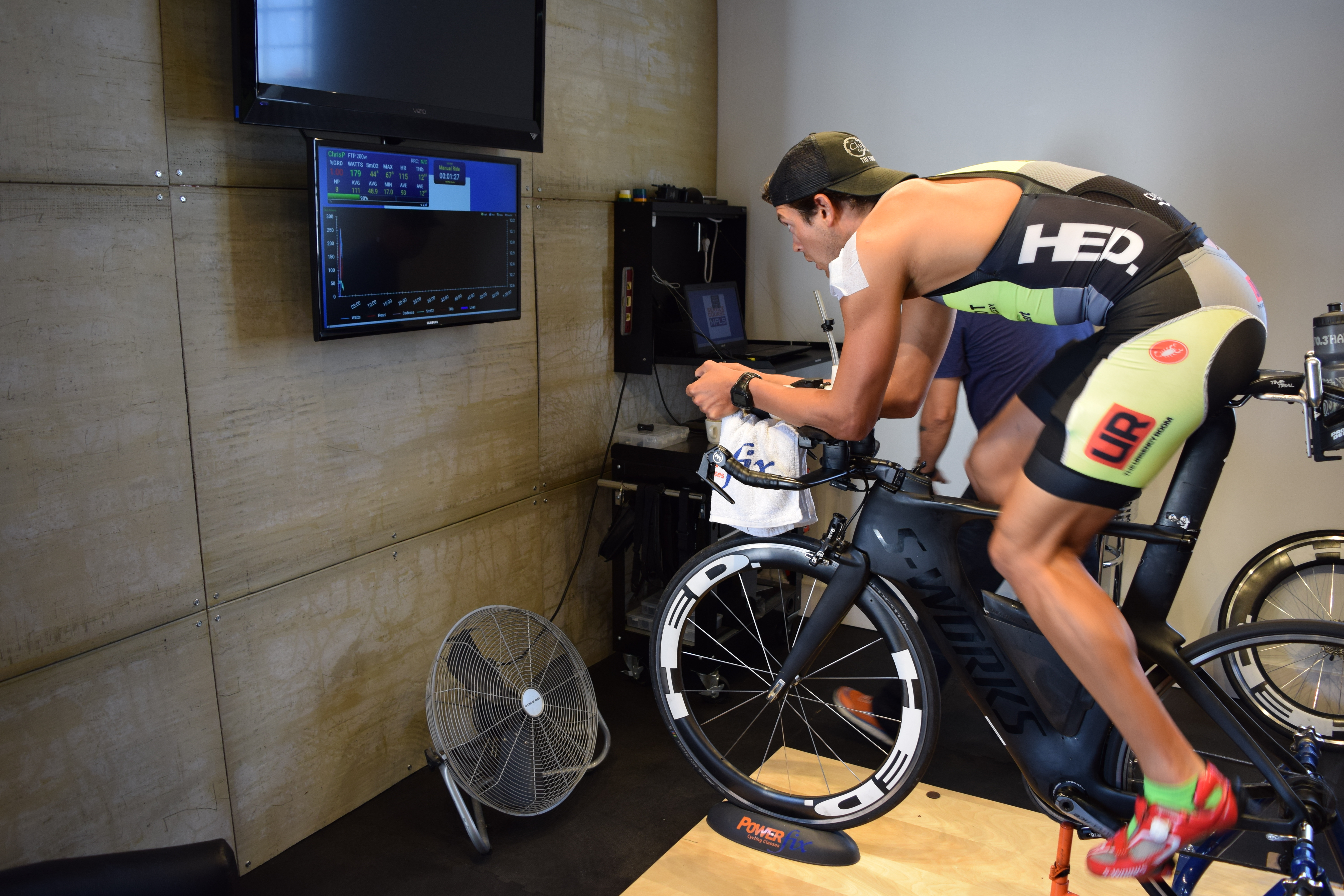Limitations of FTP and Heart Rate-Based Training Zones
The Problem with Traditional Training Zone Methods
Have you ever followed a training plan only to feel completely exhausted after workouts that should have been "easy"? Or found yourself unable to hit the prescribed intensity during interval sessions? Perhaps you've watched your heart rate climb during what should be steady-state efforts, forcing you to slow down?
These common frustrations stem from a fundamental problem in endurance training: generic training zones simply don't work for individual athletes.
Why Traditional Methods Fall Short
There are two traditional methods of determining training zones. Based on your maximum heart rate or based on your functional threshold power (FTP). While determining your zones based on these metrics is easy and readily available, these methods come with significant limitations.
Heart rate-based zones have been the go-to method for decades, but they come with significant limitations:
- Typically determined using population-based formulas (like 220-age) that don't account for individual variation
- And even if you are able to truly measure your maximum heart rate during a workout, or maximum exercise test, heart rate zones generally rely on arbitrary percentage ranges (e.g., Zone 2 = 65-75% of max HR) that may not reflect your unique physiology
FTP-based zones aren't much better:
FTP is generally determined using a twenty-minute all-out test. From this, your FTP is determined, the challenge with this is:
- FTP-based zones are anchored to a single arbitrary time point (typically 20 or 60 minutes)
- They use pre-set percentages of FTP (e.g., Zone 3 = 76-90% of FTP) that may not align with your true physiological transitions
Both methods try to indirectly estimate what's happening physiologically, but they're ultimately just educated guesses based on external metrics and population averages, not your individual physiology. So how do we fix this? We do physiological assessment! Like a step test, or ramp test.
The Moxy Advantage: Direct Physiological Feedback
This is where Moxy Monitor transforms your training approach. Instead of guessing at your physiological state, Moxy directly measures oxygen saturation in your working muscles in real-time. Which tells you how your body is responding to the exercise intensity you are doing.
What Makes Moxy Different?
Moxy uses near-infrared spectroscopy (NIRS) to measure muscle oxygen saturation (SmO2). This technology shows you how your muscles are responding to exercise by and can measure the balance between muscle oxygen supply and demand.
By measuring SmO2 from low to high exercise intensities you can clearly identify your physiological "breakpoints" – the exercise intensities where your body shifts how it's producing energy. These breakpoints are what we should be using to establish personalized training zones. Interested in learning how to create your training zones using Moxy? Download the Training and Racing with Moxy eBook below!


